Sankheda Furniture
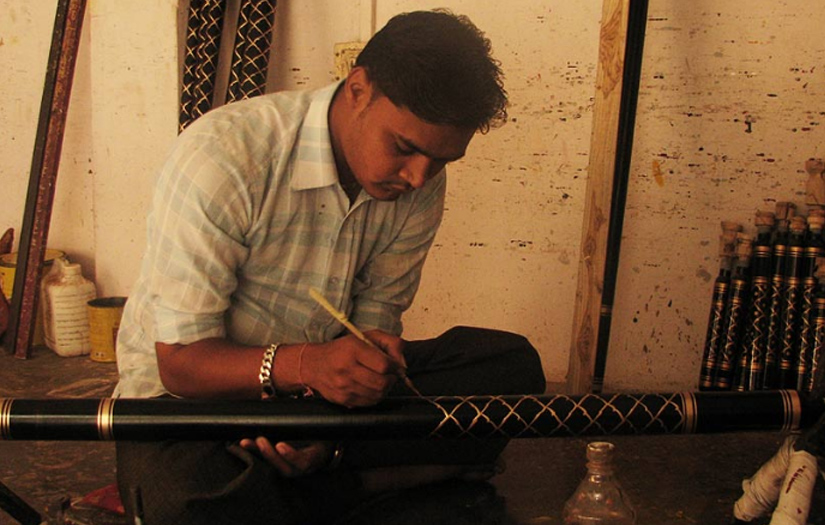
A craft tradition so deeply inherent in the collective identity of the practitioners, that their town is named after it. Sankheda, a small town in the eastern region of Gujarat derives its name from ‘sanghedu’, the word for a lathe in the Gujarati language.
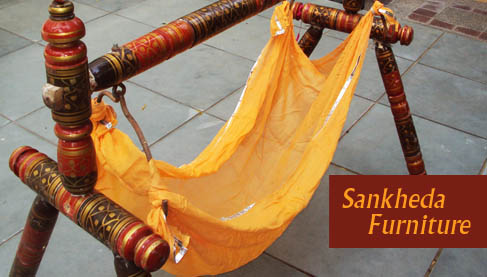
Lacquered turned wood furniture with hand painted motifs and traditional method of ornamentation, popularly known as Sankheda furniture, is thought to have been produced here from about 1855. In this town, about 80-100 families belonging to the “Kharadi-Suthar”community are involved in this craft, giving them a strong sense of community identity and continuity.
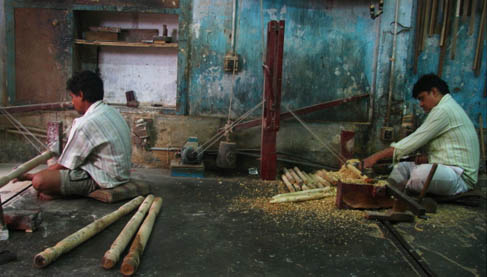
Every year, on the ‘Maha sud Teras’ day in February, the entire ‘Kahardi-Suthar‘ community, along with the ‘Sonis’ (jewellers), ‘Luhars’ (metal workers) and ‘Kumbhars’ (potters) comes together to worship lord‘Vishwakarma’ , the presiding Hindu deity of all craftsmen and architects, and celebrate and pray for the well-being of the community and the progress of their craft.
The craft is greatly respected in the region as the processes involved are close to nature and it uses Lac, a material known to man from very early times. Lac or shellac, a material available abundantly in nature, is a natural resin, produced as a result of the secretion of crimson-red tiny insects which thrive on certain trees. The ‘Palas’, or in Sanskrit, ‘Lakshataru’, or the Lac tree has been mentioned in the ‘Vedas’ (sacred texts of Hinduism). In the ‘Atharva Veda’, there is a small chapter devoted to the description of Lac insect, its habits and usefulness.
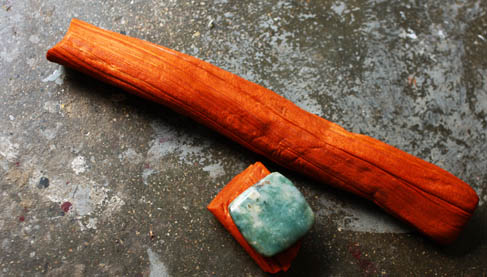
‘Ghodiyun‘ (child’s cradle) is believed to be one of the first furniture items produced using this form of expression. It is a prized possession in Gujarati families, and is passed down through the generations as an heirloom.
Sankheda furniture is considered auspicious and is used in many religious and festive occasions. From being used as sacred pedestals for God’s idols in temples and as chairs for the bride and groom in weddings, to cradles and walkers for infants and garden swings that give a fresh touch of breeze in the hot and humid climate, the Sankheda furniture is adopted and loved in its various usages. Erstwhile Gujarati royalty have in the past gifted it to royalty and state-heads of other countries.
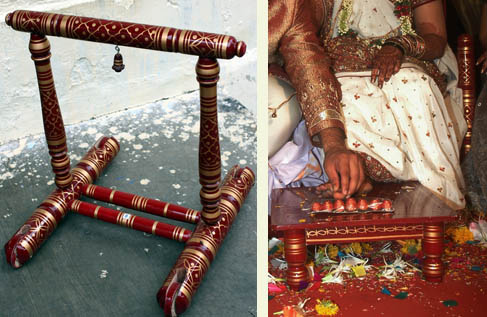
Each process in making the Sankheda furniture involves patience and sustained effort. The individual members and components are made by turning the teak wood on a lathe, which is powered manually, with the help of a hand held bow. The craftsman deftly uses chisels and gouges to shape the wood and achieves symmetric and even contours without using any measuring device or markings.
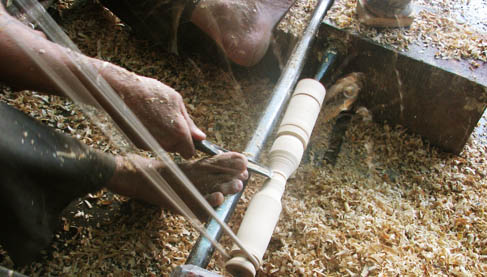
Sheets of tinfoil are pounded along with hot saras or glue till the two become a homogenous mass which dissolves easily in water. This is harkalai, which is used to paint intricate floral and geometric patterns while turning the member. The craftsman, with great mastery of skill and geometric precision, maps the ornamental patterns free-hand, matching them perfectly, without any measurements. To enhance the lustre of the painted motifs, akik (agate) stone is rubbed over the wooden member.
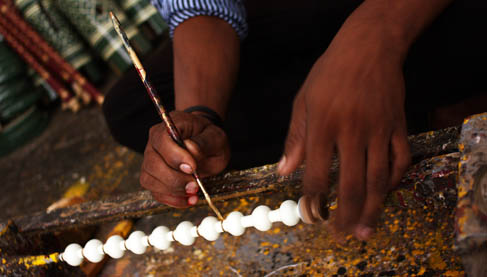
Clear lac, which is procured from the trees of the nearby forest, is applied to with the help of friction and heat produced by the lathe, and this lac gives the member a glowing orange colour. Finally, kevda leaf is used for final finish and gloss, kevada leaf.
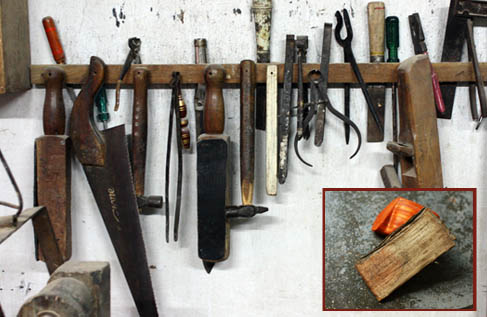
All the components are then assembled together with wood joinery into a single furniture piece.
Today, the craftsmen set up motorised machines indigenously as per their requirements, to turn the lathe. The use of synthetic colours and melamine coating instead of natural colours and lacquer has also become common. But the furniture pieces painted with natural lac are incomparable in aesthetic value, with the ones painted with synthetic colours, as lac gives a certain depth and natural glow to the piece, while synthetic paint appears flat.
There are 10-15 master craftsmen in Sankheda, who know all the processes. Others are proficient in only one process and depend on other craftsmen involved in different processes. For example; while some master wood-turning skills, others attain expertise in painting the patterns. This creates a relationship of inter-dependency and collective identity. The door of every workshop, which is also a part of their house, is open for anyone to enter even when they are at work, demonstrating the level of trust amongst the community.

The skill of the master craftsmen ensures uniformity in creating identical pieces that fit together to form pieces of furniture. It is a testimony to the dexterity of the craftsman’s expert hands, considering that no two handicraft objects are alike.
The craftsmen ensure that the children go to school get formal education, and the location of the workshop inside the house and active involvement by all the family members facilitates learning of the craft at an early age and leads to a gradual and smooth transmission of skills. Educated children play an important role at work, especially in transactions with clients from abroad. The craftsmen also train people of different communities and nearby villages who later become helpers at their workshops.
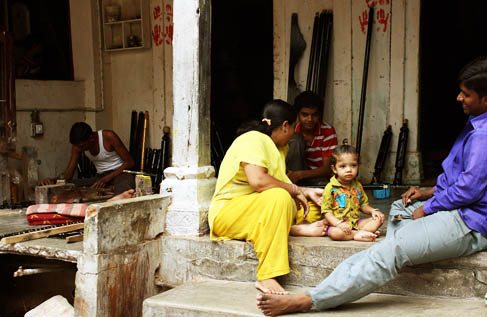
The ornate nature of this craft lends itself to becoming a visible symbol of expression that has been identified as Gujarati within its local precinct and elsewhere. Even though the original lac coating is being replaced by melamine and paint, the motifs and designs are unchanged over the years. Sankheda furniture continues to be omnipresent in every mundane or significant event in people’s lives.
~
Documented by:
Vivek Sheth, Pratyusha Reddy, Shamit Das, Abhijita Pandey
Vivek Sheth, Mahipal Vala

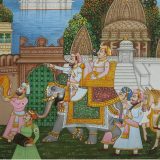








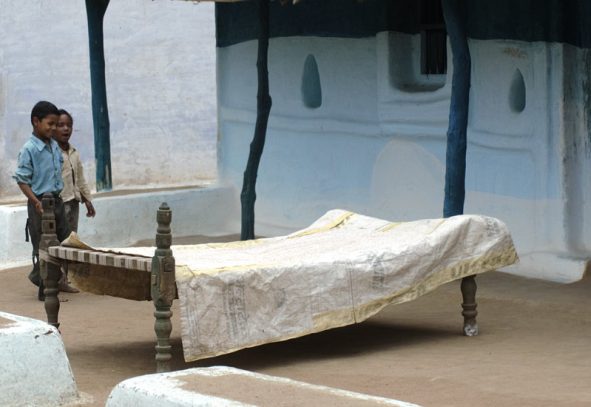
Sunill Kumar
Please provide the details of top management with their contact details such as their names./ their office / mobile tel nos & their email ids enabling us to discuss with them directly about lucrative business association.
Thanks in advance for a prompt response.
With Best Wishes & Kind Regards
Sunil
cell: 099101 74892 / 85100 38744
Sujata
I want to purchase Wooden Sofa.
Amisha
Went useful
deval
Hi, I am so happy by seeing that this site has written on sankheda (we here call it Sangheda) . I can personally connect this to me because my father is also doing sankheda work. I am living in mahuva which is situated in bhavnagar district of gujarat. Mahuva and bhavnagar both places have sankhediya (sanghediya) bazar which is famous for sankheda work.
The caste doing this work is generally brahmakshtriya (also called Khatri) here and I always feel proud of my father having such a great wooden art knowledge and skills.
I really appreciate this site for writing on this and showing the images of this work. thank you.
Sanjay Bhargava
I bought Sankheda furniture from Sankheda about 30 years back.The lacquer work has faded and I wish to get the furniture refurbished.Can you connect me to an artisan who would be able to restore it.
Thanks